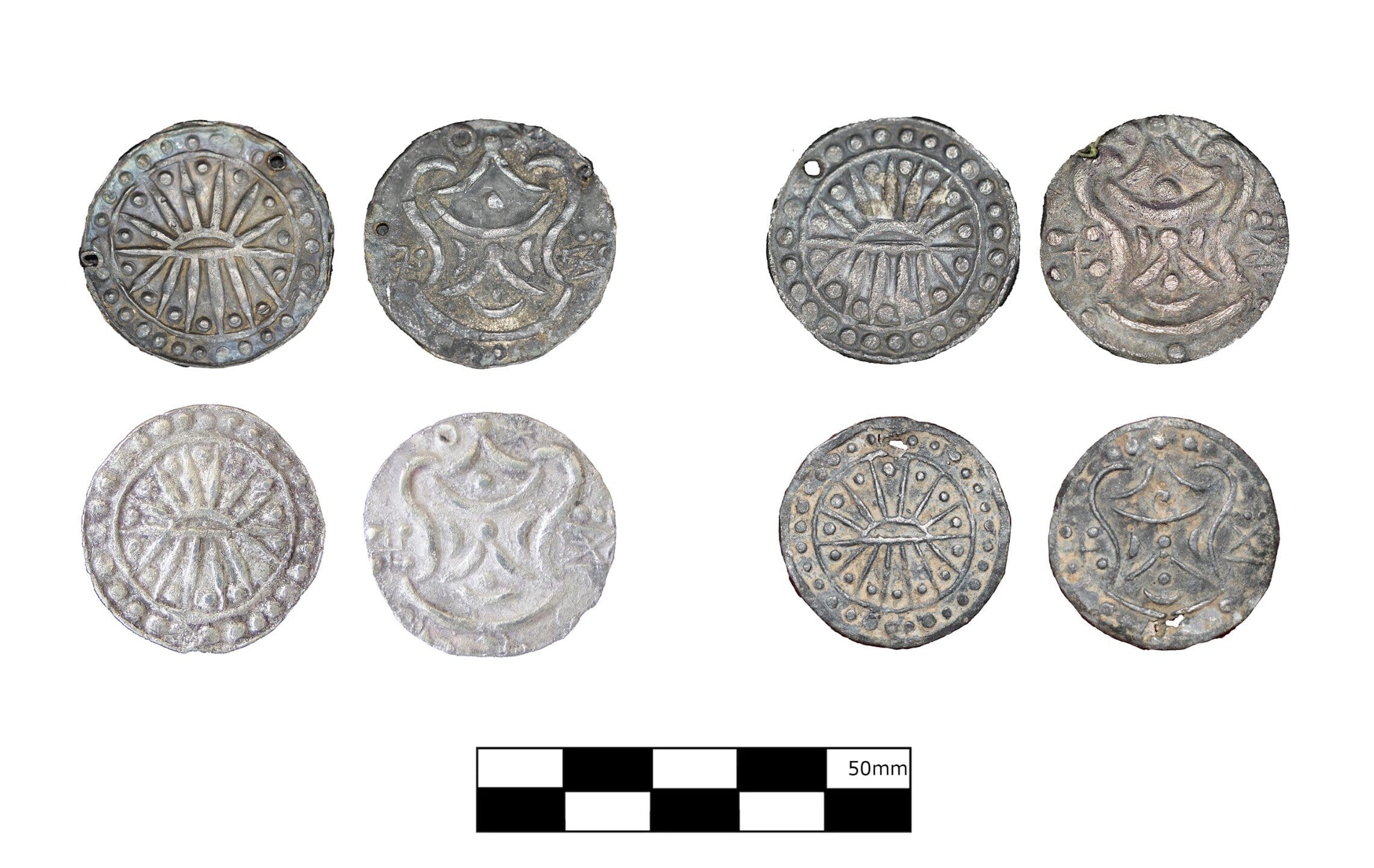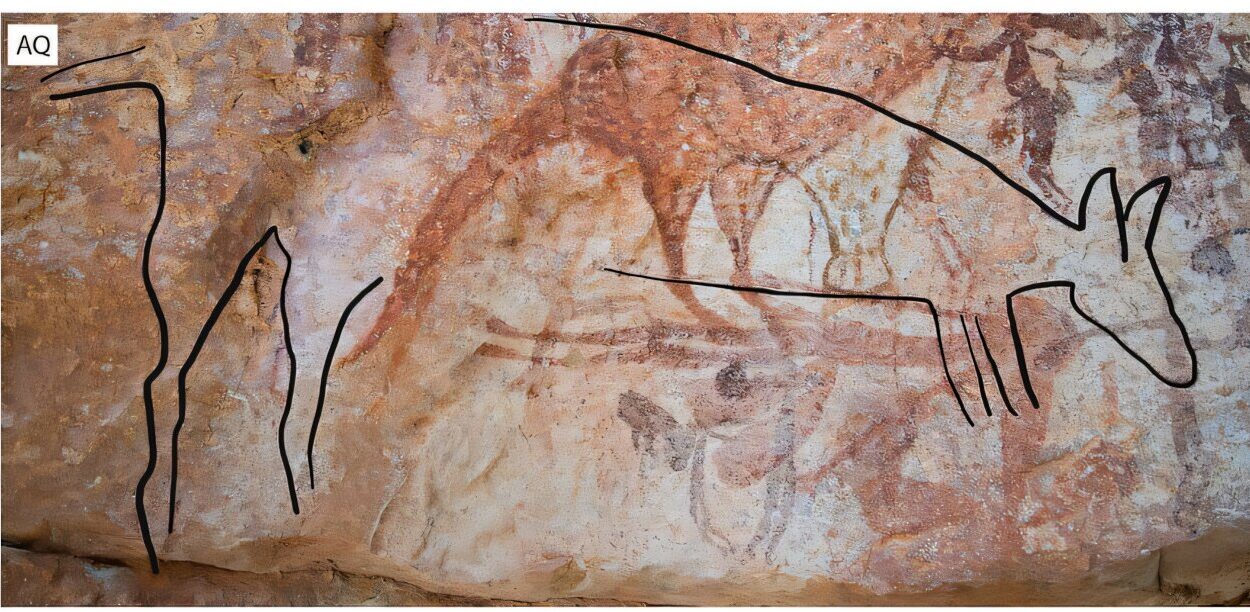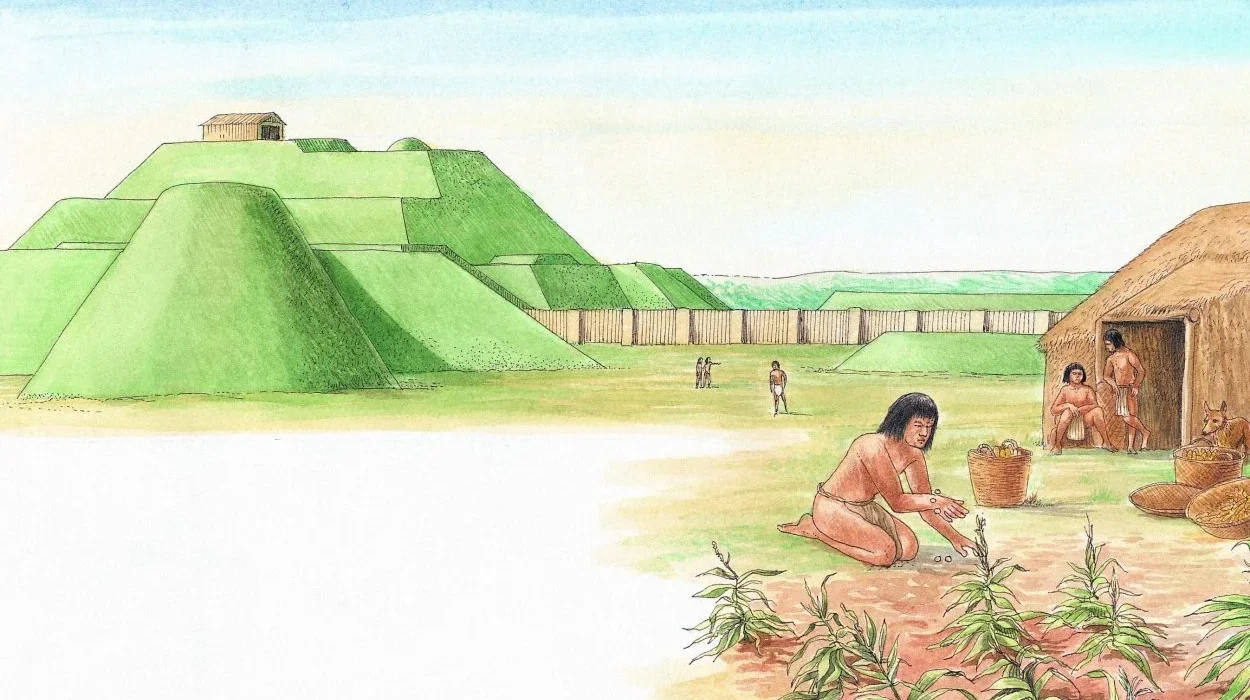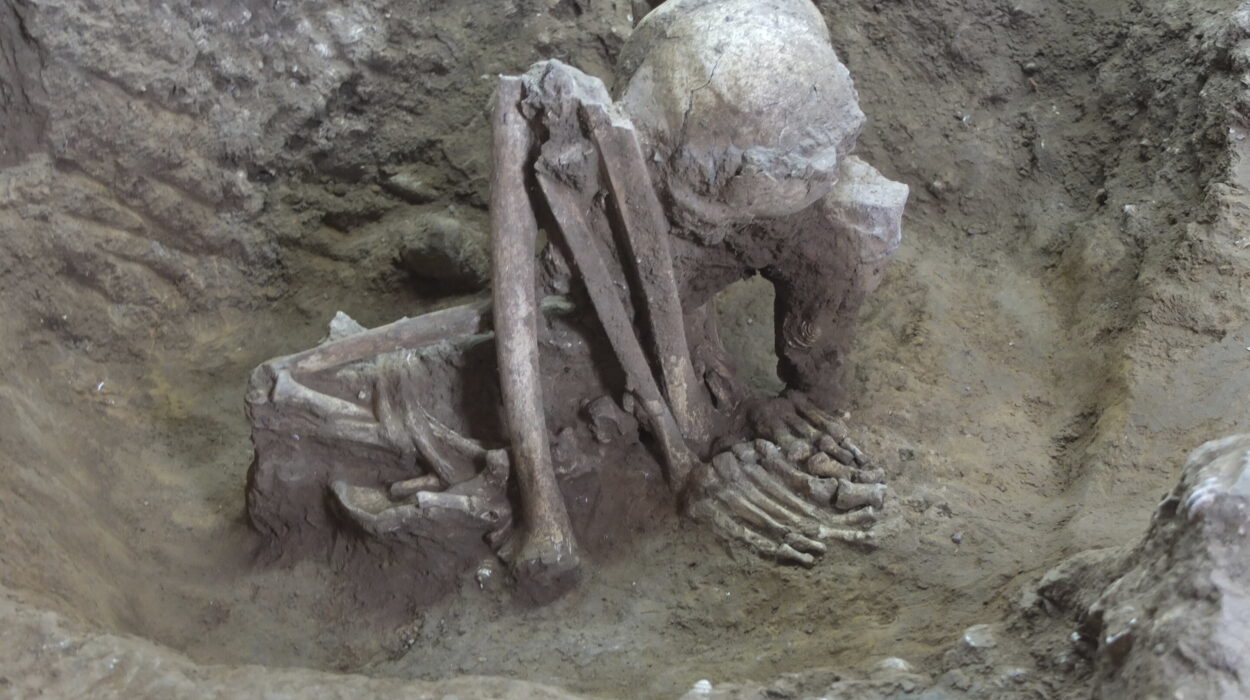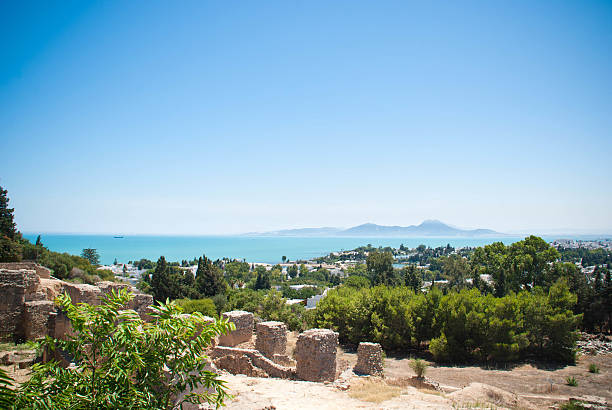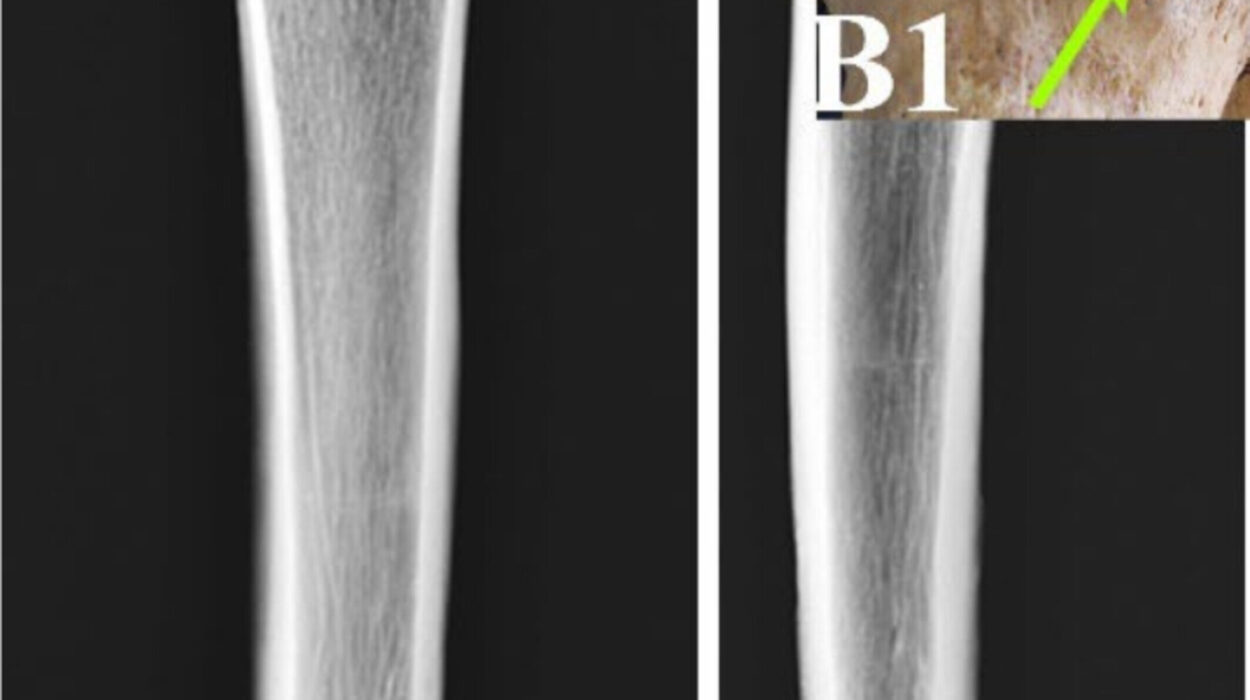For centuries, the jungles, rivers, and coastlines of mainland Southeast Asia have guarded the silent remnants of a world once bound together by trade, culture, and ambition. Now, archaeologists analyzing over 200 ancient silver coins have unlocked a striking new chapter in the region’s history — one that stretches across thousands of kilometers and links kingdoms from Bangladesh to Vietnam.
The new study, led by researchers at the National University of Singapore and published in Antiquity, reveals that these coins were not simply local currency. They were the fingerprints of a complex, interconnected economy, one that carried goods, ideas, and technologies across an ancient superhighway of commerce.
“This is the first time we’ve been able to analyze these coins as part of a single, region-wide network,” says lead author Dr. Andrew Harris. “It shows us a level of political and economic connection in Southeast Asia that’s both surprising and exciting.”
A Marketplace Between Worlds
Trade in Southeast Asia during the first millennium AD was far from a local affair. As early as the second century AD, Chinese records mention Southeast Asian polities as critical waypoints in an enormous trade network linking the Near East and China. Archaeological digs have uncovered tangible proof: fragments of Roman glassware, glittering Indian jewelry, and ceramics from Persia, China, and beyond.
But among these discoveries, the silver coins stand out. Struck with images of a rising sun on one side and the Srivatsa — an early symbol with deep roots in Indian religious traditions — on the other, these coins are miniature works of political art. They were made with dies, metal molds that pressed their designs into blank silver discs, leaving behind a lasting mark of authority.
Their spread was extraordinary. From the river deltas of Bangladesh to the fertile plains of Vietnam, these Rising Sun/Srivatsa coins appear across the entirety of Indianized Southeast Asia. Yet until now, they have rarely been studied as a whole. Most research has kept them confined within modern national boundaries, fragmenting a picture that was once whole.
Following the Silver Trail
To bridge this gap, Harris and his colleagues assembled a carefully documented set of 245 coins from across the region. Treating them as part of a shared system rather than isolated finds, they examined their designs, weights, and production techniques.
The results tell a story of shifting political and economic landscapes. In some periods, the coins suggest a high degree of regional integration, with shared minting practices and long-distance circulation. In others, their designs and weights point to fragmentation, as local powers asserted their independence.
One discovery stood out: a coin from Bangladesh and another from Vietnam appeared to have been struck from the same die. This means that despite being separated by more than 2,000 kilometers, they were likely minted by the same authority — a powerful indication of just how far these coins, and the influence behind them, could travel.
“This offers compelling evidence of extensive long-distance circulation,” Harris says. “It forces us to think of Southeast Asia not as a collection of isolated kingdoms, but as a dynamic, connected region.”
More Than Money
These coins were more than just a means of exchange. They were symbols of trust, political legitimacy, and economic ambition. In much the same way that Roman, Indian, and Central Asian coins shaped trade in their own worlds, Southeast Asian silver currency helped knit together a region of remarkable diversity.
Professor Maria De Iorio, co-author of the study and the project’s primary investigator, emphasizes the broader impact. “Our die study helps us map the expansion and contraction of currency-based economies in mainland Southeast Asia. It reveals key ports, trade hubs, and the shifting centers of political power.”
By studying coin weights and metallurgy, the team is also gaining insight into the role of silver as a standardized medium in trade, shedding light on how goods — from spices to ceramics — were valued and exchanged.
Preserving a Fragile Legacy
Beyond the academic breakthrough, the research has urgent real-world implications. Many early Southeast Asian coins are at risk from looting, illegal trade, and destruction. Political instability, such as the ongoing civil war in Myanmar, has made archaeological sites even more vulnerable.
“Die studies give us a way to trace the provenance of coins,” Harris explains. “This helps identify forgeries, curb illicit trade, and protect these artifacts from vanishing into private collections or being melted down.”
By linking coins to specific mints or regions, archaeologists can better understand the economic geography of the ancient world — while also building legal and historical cases to recover stolen heritage.
A Glimpse Into a Global Past
The story that emerges from these silver discs is one of remarkable human connection. The merchants and sailors who carried them across seas and rivers, the rulers who authorized their minting, and the artisans who struck their designs all played a role in weaving Southeast Asia into one of the great trade systems of the ancient world.
In a single coin, we find the echo of a marketplace where Roman glassware might be traded for Chinese silk, where Indian gemstones changed hands beside Persian ceramics. It’s a reminder that globalization is not a modern invention, but an ancient process — one in which Southeast Asia was not at the periphery, but at the very heart.
“These coins are the voices of a past economy,” says Harris. “They tell us about ambition, connectivity, and identity in a way that transcends borders and centuries.”
And thanks to careful, collaborative research, those voices are finally being heard again — carrying across the centuries to tell us that the ancient world was far more connected than we ever imagined.
More information: Andrew Harris et al, Currents of currency: utilising die studies to trace Rising Sun/Srivatsa coin distribution in first-millennium AD, Southeast Asia, Antiquity (2025). DOI: 10.15184/aqy.2025.77
